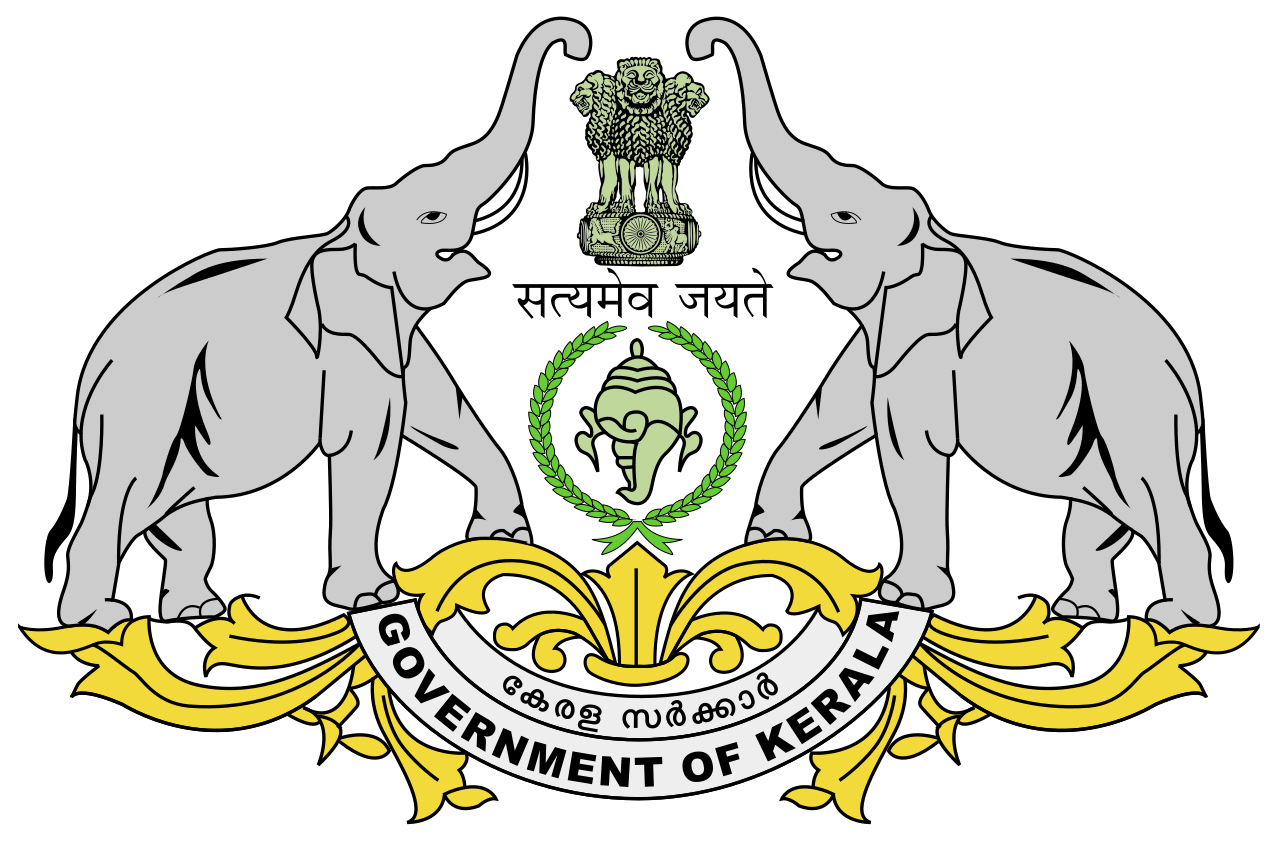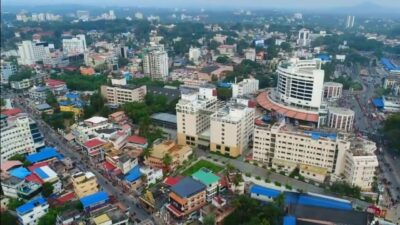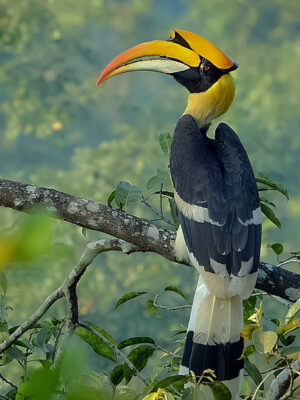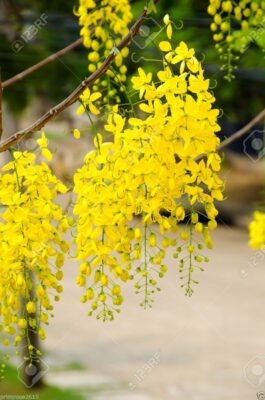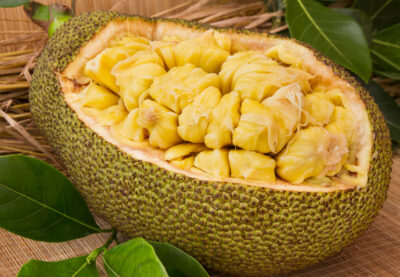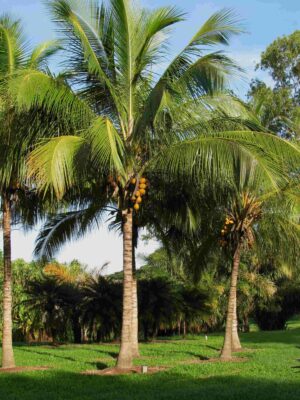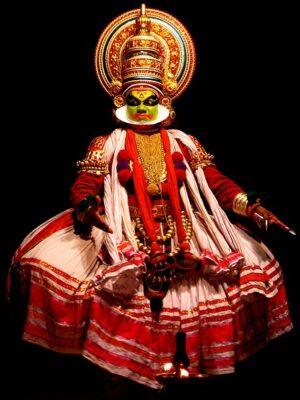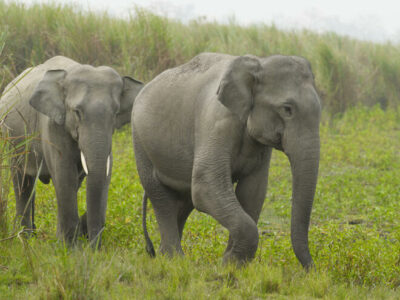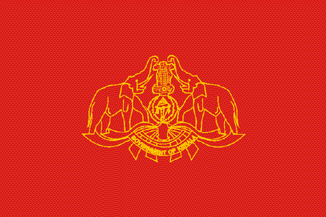State Symbols of Kerala
Last updated on January 21st, 2023 by Editorial Staff
By | Updated on January 21, 2023
Reviewed by Rittika
Kerala is a state on India’s southwest coast; by area, it is the 21st-largest Indian state and the 13th-largest by population. It is surrounded on the north by the states of Karnataka and Tamil Nadu, Arabian Sea surrounds it from the east, and on the south and west by the Arabian Sea; it also surrounds some parts of Puducherry on the northwestern coast. Thiruvananthapuram is the state capital (Trivandrum). Kerela is home to 44 rivers, the most prominent of which is the Periyar River.
Malayalam is the most widely spoken language in Kerala, as well as the state’s official language. The current Chief Minister of Kerela is Pinarayi Vijayan is, while Arif Mohammad Khan is the governor.
Demographical Profile
With a population of almost 34,630,192 and a literacy rate of 96.2 percent, the entire geographic cover is 38,863 km2. The state’s total sex ratio is 1084 females per 1000 males.
Climate
Kerala has a temperate climate that fluctuates little from season to season. Daily temperatures typically range from the low 70s F (low 20s C) to the low 80s F (27 to 32 °C) throughout the year. The southwest monsoon blows from July to September, whereas the reverse (northeast) monsoon blows from October to November, bringing rain to the state. Across the state, annual precipitation averages about 115 inches (3,000 mm), with some slopes receiving more than 200 inches (5,000 mm).
Wildlife and Natural Vegetation
Kerala’s watery coastal zones are interlaced with coconut palm groves, while rainforests and monsoon forests cover much of the Western Ghats and tropical deciduous forests. The highland region is known for its rolling meadows. An incredible variety of fauna can be found in this diversified natural area. Sambar deer, gaurs, Nilgiri tahrs (wild goatlike animals; Hemitragus hylocrius, Nilgiritragus hylocrius), elephants, leopards, tigers, bonnet monkeys, rare lion-tailed macaques (Macaca silenus), Hanuman and Nilgiri langurs, and Hanuman and Nilgiri langurs are among the mammals (Semnopithecus entellus and Trachypithecus johnii, respectively). Peacocks and hornbills are frequent birds, while king cobras (Ophiophagus hannah) are famous reptiles. Tiger Reserve and The Periyar National Park are two of the state’s several national parks and animal sanctuaries.
Economy
Agriculture is the state’s primary source of revenue. Commercial plantings on half of the total land under cultivation earn a significant amount of foreign cash, but they have forced food importation for local use. Red loam, laterite coastal alluvium, riverine alluvium, Onattukara alluvium, brown hydrmorphic, saline hydromorphic, Kuttanad alluvium, black soil, and forest loam are the eight soil classifications in Kerala.
Rubber, coffee, and tea, which are grown in plantations on the foothills’ slopes, as well as areca nut, cardamom, cashew nut, coconut, ginger, and pepper, are Kerala’s main income crops. Rice, pulses (such as peas and beans), sorghum, and tapioca are the main food crops. Commercial poultry farming has advanced significantly.
Ebony, rosewood, and teak are among the important timbers found in the woodlands. In addition, bamboo (used in the paper and rayon industries), wood pulp, charcoal, gums, and resins are all supplied by Kerala’s woodlands. In addition, the state is a national leader in the production of fish. Sardines, tuna, mackerels, and prawns are among the industry’s main products.
Culture (Art, Music, and Cuisines)
From antiquity to the present, Kerala’s cultural heritage displays widespread interaction with numerous groups. Kerala boasts more cultural traditions and a diversity of traditional art forms than any other state, attracting tourists and art enthusiasts from all over the world with a feast of art, dance, and music.
The Kaikotti Kali dance, Kuthiyottam dance, Tiruvathira Dance, Thirayattam dance, Kakkarissi Kali, and other Kerala folk dances are among them. Desathukali (also known as Kanniyar Kali) is a dance performed in front of Goddess Bhagvaty. It is one of the most traditional folk dances. Malayalam literature includes a significant amount of music. Sopana Sangeetham and Carnatic music are popular in Kerala.
Keralan women dress in sarees and blouses. They wear Kasavu, or set sarees, during festivals. Men wear’mundu,’ a long piece of clothing wrapped around their waist in a specific way. Mundu, a staple of Kerala culture, is a cross between a lungi and a dhoti.
Tourism
Kerala is a famous tourist destination for both domestic and international visitors. Kerala’s beaches are well-known. Eastern Kerala is made up of territory that has been encroached upon by the Western Ghats, resulting in towering mountains, gorges, and deep valleys. Dense forests occupy the wildest parts, while other areas are covered in tea and coffee plantations (created in the 19th and 20th centuries) or various forms of agriculture.
State Information
| Official Language | Malayalam |
| State Rank | 21 |
| Demonym(s) | Keralite, Malayali |
| Nickname | Spice Garden of India, Land of Coconuts, Land of Trees, The Jewel of South India |
| ISO | IN-KL |
| Formation Date | 1 November 1956 |
| Coordinates | Lat: 10.8505° N, Long: 76.2711° E |
| Area |
State seal
Motto of Kerala
Satyameva Jayate-"Truth alone triumphs"
State symbols of Kerala 👇
-
State capitalThiruvananthapuram
-
State birdGreat hornbill
-
State flowerKanikonna (Cassia fistula)
-
State fruitJackfruit
-
State treeCoconut tree
-
State danceKathakali
-
State animalIndian elephant
